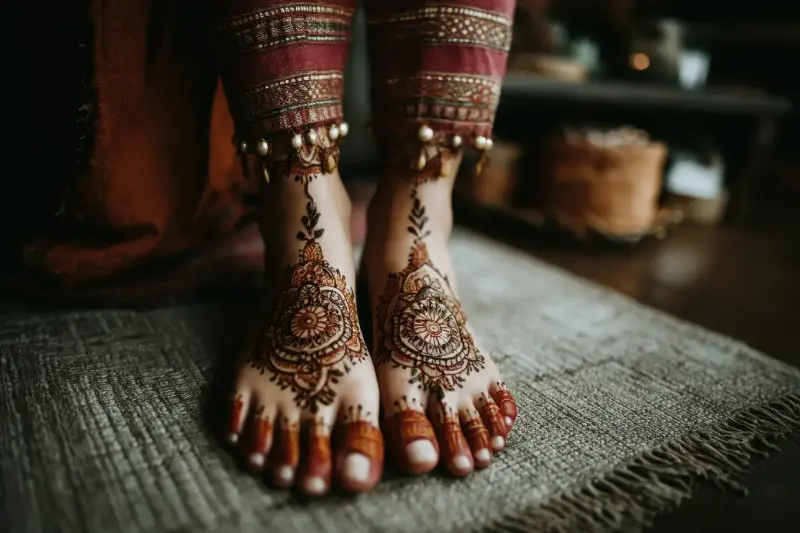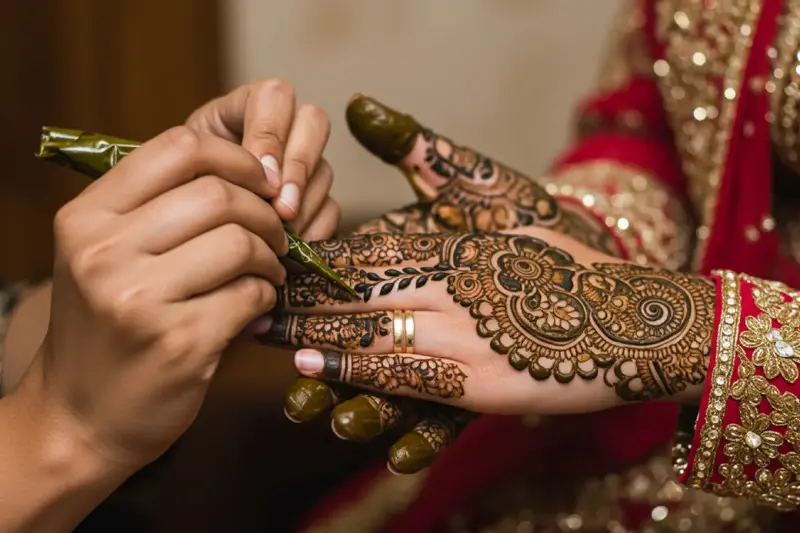
For centuries, henna has traced delicate patterns across hands and feet—from Indian brides to North African festivals. But its significance in Yemen’s wedding rituals reveals a story far richer than mere decoration. Could this time-honoured tradition signal a new era where henna becomes more than a cultural tattoo?
History Redrawn: The Ancient Roots of Henna
Henna, derived from the Lawsonia inermis plant, isn’t new; its use can be traced back more than 5,000 years. In Yemen, it forms an essential part of pre-wedding customs, with brides often enduring hours of meticulous work as intricate designs bloom across their skin.
This isn’t just about beauty. Traditionally, the application of henna in Yemeni weddings symbolises joy, fertility, and protection. It is believed to ward off evil spirits and bring good fortune to the newlyweds. Far from being a mere aesthetic flourish, henna becomes a living talisman, an ancient language spoken through swirls and dots.
A Symbol of Unity and Transition
In Yemen, the ritual of applying henna is more than a solitary act. The event, known locally as the “Henna Night”, gathers the bride’s closest female friends and relatives. They laugh, sing, and share wisdom—turning the process into a collective celebration.
For the bride, this is a time not just to be adorned, but to be emotionally supported as she crosses into married life. The act knits together family and community—a reminder that in many cultures, beauty is inseparable from belonging.
Consider these highlights from Yemeni henna customs:
- The bride’s henna can extend from fingertips to forearms, incorporating subtle symbols of love and prosperity
- Henna paste is often mixed with clove, saffron, or rose water for both fragrance and spiritual power
- Patterns can indicate marital status or signal the bride’s unique tribal background
The Wellness Connection: Beyond the Surface
Yet there is more to henna than meets the eye. For centuries, Yemenis have regarded henna as a natural remedy. Beyond its role in ritual decor, it cools the skin, soothes inflammation, and is believed to offer antibacterial benefits.
Modern science supports some of these claims. Henna contains lawsone, a compound with proven antimicrobial activity. When applied, it can provide a gentle, temporary protective layer—a primitive but effective form of skin care. Brides gain more than a beautiful appearance: they are treated to a holistic experience that blends ritual, community, and wellbeing.

A Canvas for Change: The New Face of Henna
Global trends are now reimagining henna’s possibilities. From temporary tattoos at music festivals to eco-conscious beauty brands incorporating henna into hair masks, its uses are expanding far beyond tradition.
- Artists are pushing the boundaries by integrating contemporary motifs with classic Yemeni shapes
- Wellness enthusiasts tout henna’s cooling effect as a natural solution for those with sensitive skin
- Social movements harness henna’s communal spirit, using group adornment as an act of solidarity
Could this humble plant inspire the next wave of personal and social transformation? As ancient wisdom meets innovation, henna may soon move from the bridal chamber to the mainstream—carrying with it the power of connection, symbolism, and natural wellness.
Through every winding motif and earthy stain, Yemeni henna rituals invite us to look closer. What deeper meanings lie laced within these patterns? Beyond beauty and tradition, what new stories can henna help us tell? Perhaps the answers lie just beneath the surface—waiting for us to draw them out.
